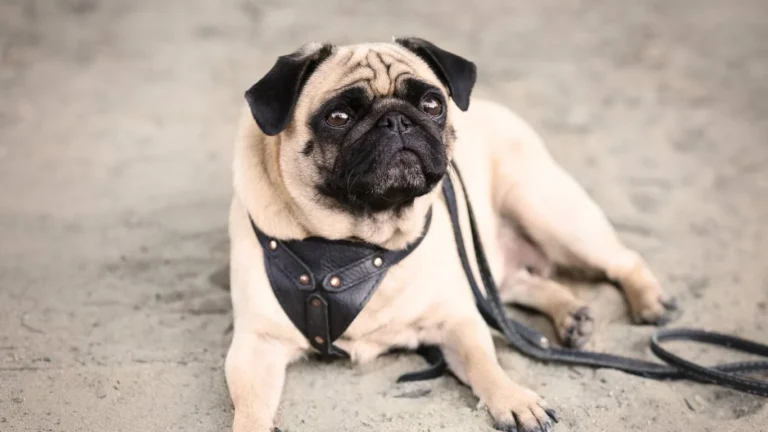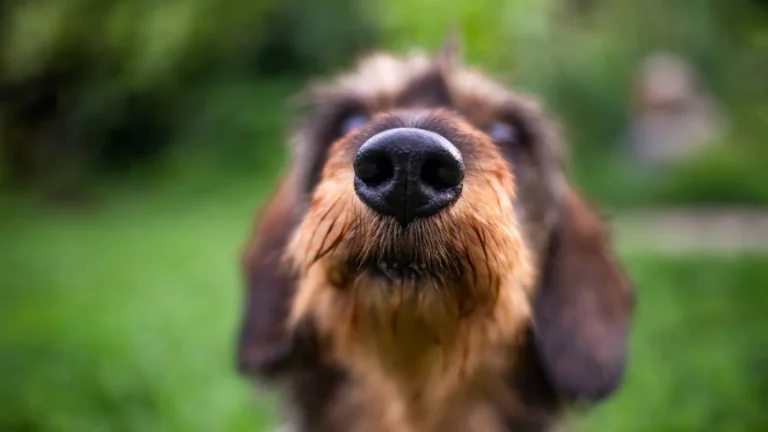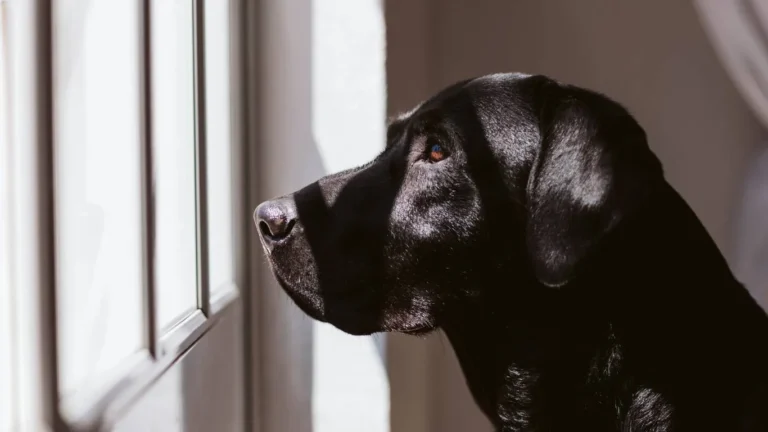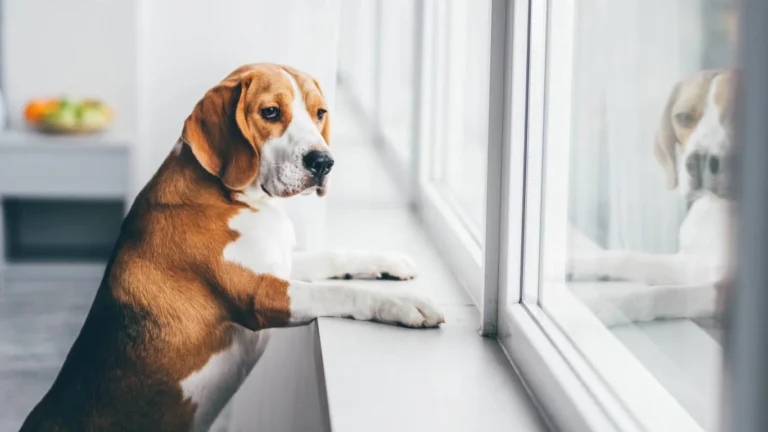Why Does My Dog Eat Dirt and Is It Dangerous? Shocking Reasons Revealed
If you’ve ever found yourself googling, “Why does my dog eat dirt and is it dangerous?” while watching your pup snout-deep in a flowerbed, you’re not alone. As a veterinary assistant with a focus on nutrition, I’ve had more pet parents than I can count walk into the clinic, eyes wide, asking if their dog’s sudden dirt obsession is a health emergency or just one of those quirky dog things. Trust me, I get it. One moment your pup is playing fetch, the next, they’re munching on soil like it’s a gourmet treat. So what gives?
Why Is My Dog Eating Dirt All of a Sudden?

This behavior might seem strange, but it’s actually more common than you’d think. When a client brings up dirt eating, also known as geophagia, I usually start by reassuring them they’re not alone — and then we start narrowing down the reasons. Dogs don’t just go around eating dirt for fun (okay, maybe some do), but often there’s a legit cause behind it.
1. Nutritional Deficiencies
Let’s talk nutrition first because this is where my experience gets put to use the most. One of the biggest reasons dogs start eating dirt is due to a lack of essential nutrients or minerals. Think iron, zinc, or even some B vitamins. When your dog’s body feels something is missing, it might push them to seek it out — even if that means munching on the backyard.
I’ve seen this a lot, especially in dogs on homemade or poorly balanced commercial diets. Even with the best intentions, it’s easy to miss a key nutrient when you’re not working with a vet or canine nutritionist. Sometimes, all it takes is a blood panel and a little diet adjustment to turn things around.
2. Boredom or Anxiety
Dogs are emotional creatures — some more than others. I once had a lab mix named Toby who started eating dirt like it was his job. Turns out, his family had just moved to a new home, and his routine was all over the place. Dogs don’t always show stress in obvious ways. For Toby, it was dirt. For others, it might be chewing furniture, licking paws obsessively, or going off their food.
To help figure out if your pup’s dirt obsession is emotional, ask yourself:
- Has anything changed recently in their environment?
- Are they getting enough exercise and mental stimulation?
- Could they be feeling anxious or neglected?
If the answer is “yes” to any of these, dirt eating might be more behavioral than physical.
3. Exploring the World — Puppy Style
Okay, if your dog is still in their puppy stage, it might just be classic curiosity. Puppies explore the world with their mouths — and that includes tasting things we wouldn’t dream of putting near our own faces. While it’s still worth keeping an eye on, occasional dirt snacking in young dogs isn’t always cause for alarm. Still, watch for signs of it becoming a habit or if it’s paired with symptoms like vomiting or lethargy.
4. Underlying Medical Conditions
Sometimes, it’s not just behavioral or nutritional. I’ve had cases where dirt eating was a symptom of something more serious — like gastrointestinal issues, inflammatory bowel disease, or even anemia. One memorable case was a senior shepherd mix who came in because he’d started eating soil daily. Bloodwork showed low red blood cells, and after a proper diagnosis, we realized he was anemic due to internal parasites.
This is where experience in a clinical setting really helps. Dirt eating isn’t always something to panic over, but if it’s happening frequently or comes with other symptoms like:
- Diarrhea or vomiting
- Lethargy or weakness
- Sudden weight loss
- Change in appetite or thirst
— it’s definitely time to talk to your vet.
Is It Dangerous If My Dog Eats Dirt?
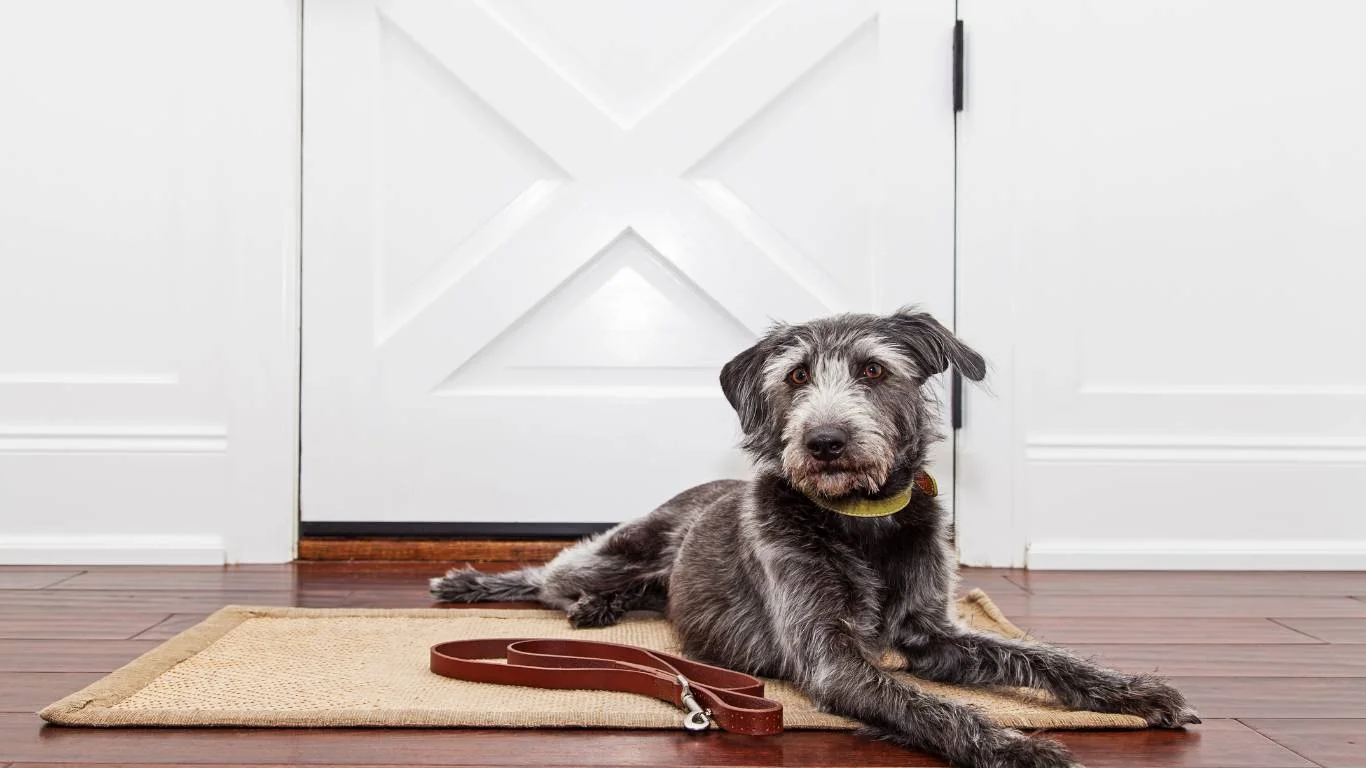
Here’s the deal — occasional dirt nibbling? Probably harmless. But regular, compulsive soil snacking? That’s where we draw the line. The danger isn’t usually the dirt itself, but what might be *in* the dirt. Think chemicals like pesticides, sharp objects like sticks or glass, parasites like hookworms, or even toxic plants.
One of the worst cases I saw involved a sweet little beagle who had been chowing down on dirt from a recently treated lawn. The poor guy ended up with some nasty pesticide poisoning symptoms, and it was a rough couple of days getting him back on track. So yes — it *can* be dangerous, especially if you don’t know what’s been in the soil.
Also, excessive dirt ingestion can lead to GI blockages, particularly if your dog’s swallowing clumps of mud or debris. Not to mention the dental wear and tear that can happen from constantly grinding gritty material.
What You Can Do Right Away
Until you get to the bottom of why your dog’s eating dirt, here are some quick tips:
- Keep your dog supervised in the yard.
- Limit access to gardens, flowerbeds, or treated lawns.
- Check their food quality — and consider a consult with your vet or a pet nutritionist.
- Provide enrichment toys, especially puzzle feeders or chewables to redirect behavior.
What to Watch For: Red Flags That Mean a Vet Visit

If your dog is acting totally normal otherwise, you might be okay observing at first. But if dirt eating becomes a pattern, or is paired with any of the following, it’s vet time:
- Persistent vomiting or diarrhea
- Changes in stool color or consistency
- Loss of appetite
- Unusual lethargy or hiding behavior
- Any visible worms in stool or soil they’re eating
I always tell pet parents, it’s better to ask early than wait too long. Even if it ends up being something minor, peace of mind is worth it — and your vet can help catch things you might miss.
How to Prevent Your Dog from Eating Dirt in the First Place

So now that we’ve looked at the “why” behind why does my dog eat dirt and is it dangerous, let’s flip the script and talk about prevention. In my day-to-day at the clinic, I’ve seen time and again that the best cure is a good prevention game. Especially with the dogs that love to turn your garden into their personal snack bar.
Here are some tried-and-true methods I recommend to pet parents all the time — and they’ve actually worked for my own dogs, too.
1. Keep Them Busy, Like… Really Busy
Bored dogs are curious dogs. And curious dogs? They eat dirt. Simple as that. If your dog is under-stimulated, it’ll look for ways to entertain itself. One minute it’s staring at the clouds, the next it’s digging up your flowerbed for a snack.
To keep their minds and bodies busy:
- Rotate interactive toys to keep things fresh
- Schedule multiple short play sessions if you can’t do a long walk
- Try obedience training games to boost mental engagement
- Use puzzle feeders — seriously, they’re game changers
One of my regulars, a high-energy terrier named Luna, completely stopped her dirt-diving routine once her owner started rotating enrichment toys and adding short agility exercises into their backyard playtime.
2. Make Yard Time Supervised Time
This one’s huge. I get that we all want to let our dogs roam free and burn off energy in the yard, but if your dog’s got a dirt appetite, supervision is key — at least until the habit fades.
If your pup starts heading toward their favorite soil snack spot, you can redirect them right away with a toy, a command, or even just a little leash-guided detour. Eventually, they start associating the behavior with being stopped and offered something better.
3. Upgrade Their Diet — The Smart Way
This one’s close to my heart, given my nutrition background. I’ve had dogs go from dirt-addicted to totally uninterested in soil once we fixed an underlying diet issue.
If you suspect your dog might be missing nutrients:
- Switch to a high-quality, complete & balanced food (avoid those cheap grocery store brands with tons of fillers)
- Consider adding a multivitamin supplement made for dogs — but only under vet supervision
- Get a blood panel done to rule out iron or zinc deficiencies
For instance, one bulldog client of mine, Bella, had low-grade anemia from an unbalanced homemade diet. Once we added the right iron-rich ingredients and adjusted her macros, the dirt cravings stopped within weeks.
4. Use Deterrents (Yes, There Are Some That Work)
If your dog is obsessively returning to one dirt spot, try using safe deterrents. Bitter sprays or sprinkling a small amount of citrus peel around the area can be surprisingly effective. Most dogs dislike the scent and will steer clear.
Just make sure whatever you’re using is non-toxic and pet-safe. And don’t overdo it — you don’t want to turn your yard into a chemical zone.
Training Tips for Breaking the Dirt-Eating Habit
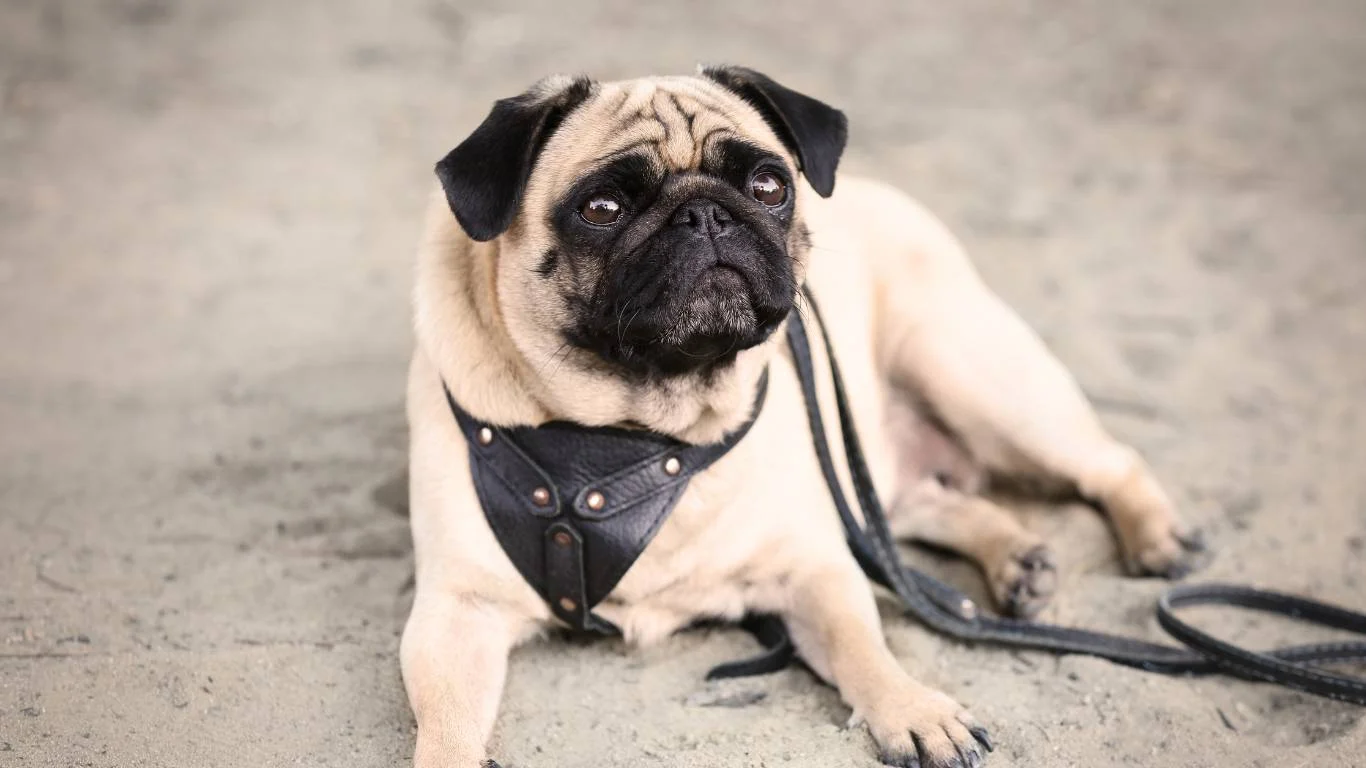
Okay, let’s talk training. Because while preventing access to dirt is great, teaching your dog not to eat it is even better. Especially if you like hiking, camping, or spending time outdoors — places where dirt is everywhere.
Positive Reinforcement Always Wins
I know it sounds cliché at this point, but rewarding the behavior you want to see is way more effective than punishing the one you don’t. Here’s a quick training routine I use:
- Catch your dog before they start eating dirt (watch for signs like intense sniffing or pawing at the ground)
- Use a strong, consistent command like “leave it” or “uh-uh”
- When they stop and turn toward you, instantly reward with a treat or praise
- Repeat, repeat, repeat — consistency is everything
Eventually, your dog will start to understand that ignoring dirt earns rewards. It’s a slow process, but so worth it. One of my favorite success stories was a pitbull named Max who used to eat dirt at the dog park. After three weeks of consistent training, he stopped dead in his tracks when his owner said “leave it.” Like clockwork. Huge win.
Leash Training in the Yard or Outdoors
If your dog tends to get the munchies the second they touch grass (literally), consider leash-training in your own backyard. Walk them like you would on the street, and guide them away from dirt patches. This reinforces structure and reduces the likelihood of free-for-all snacking.
Work With a Professional If Needed
If your dog is persistent or you’re struggling to make progress, don’t hesitate to work with a certified trainer or a veterinary behaviorist. There’s no shame in asking for help — and it can save you tons of stress (and vet bills) down the road.
When Dirt Eating is a Sign of Something Bigger
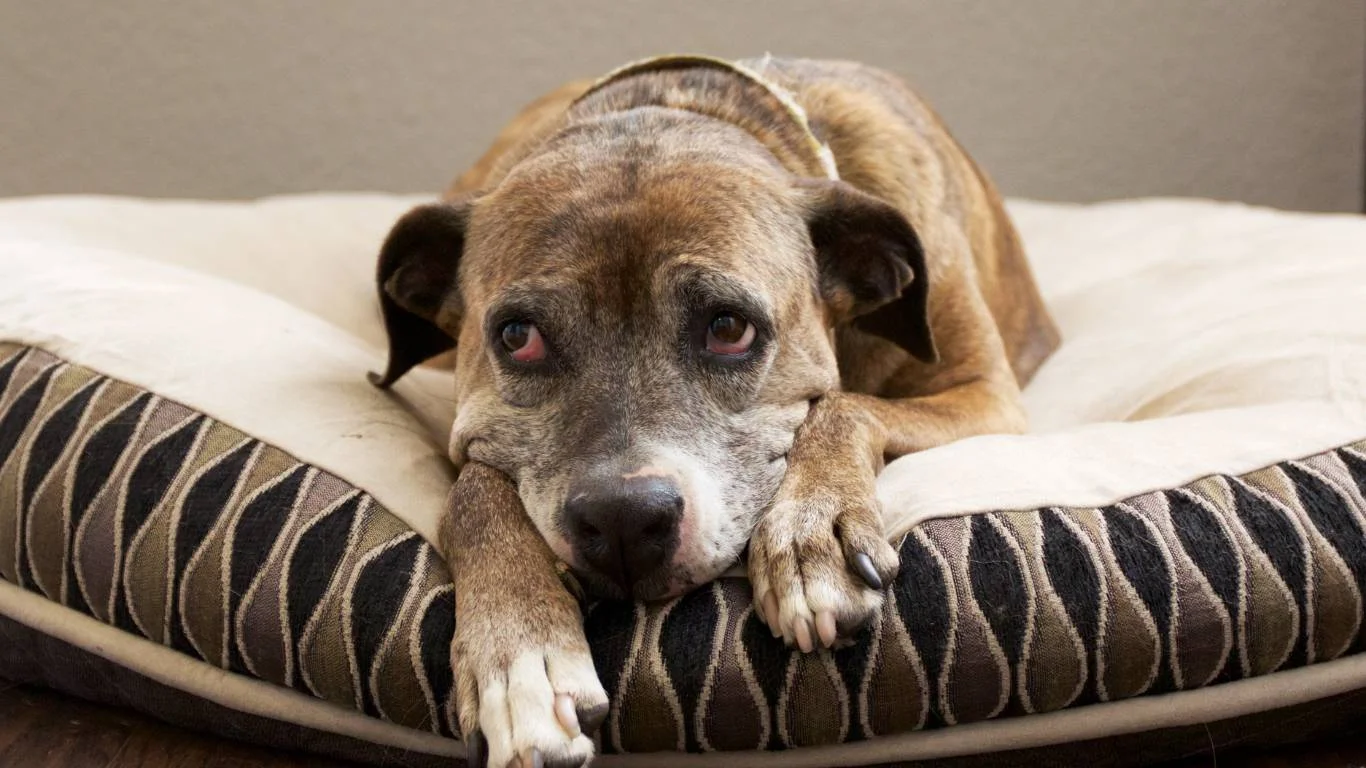
While we’ve talked about how to prevent and train away the behavior, I want to circle back and emphasize something super important — sometimes, dirt eating is more than just a quirk or a phase. It can be a symptom of a deeper issue that needs real attention.
I’ve seen cases where it was a sign of:
- Chronic GI inflammation
- Metabolic disorders
- Severe anemia
- Malabsorption syndromes
- Undiagnosed parasites
If your dog’s behavior doesn’t improve with lifestyle or dietary changes — or worse, if it’s getting more intense — don’t brush it off. Push for a full diagnostic workup. Bloodwork, stool samples, maybe even imaging if needed. I know it sounds intense, but it’s worth it to rule out anything serious.
And trust me, catching something early can make all the difference. I’ve seen dogs bounce back beautifully once the root issue was addressed. From changing food to starting supplements to treating underlying infections — solutions exist, but only if we’re looking for them.
Can Certain Breeds Be More Prone to Eating Dirt?
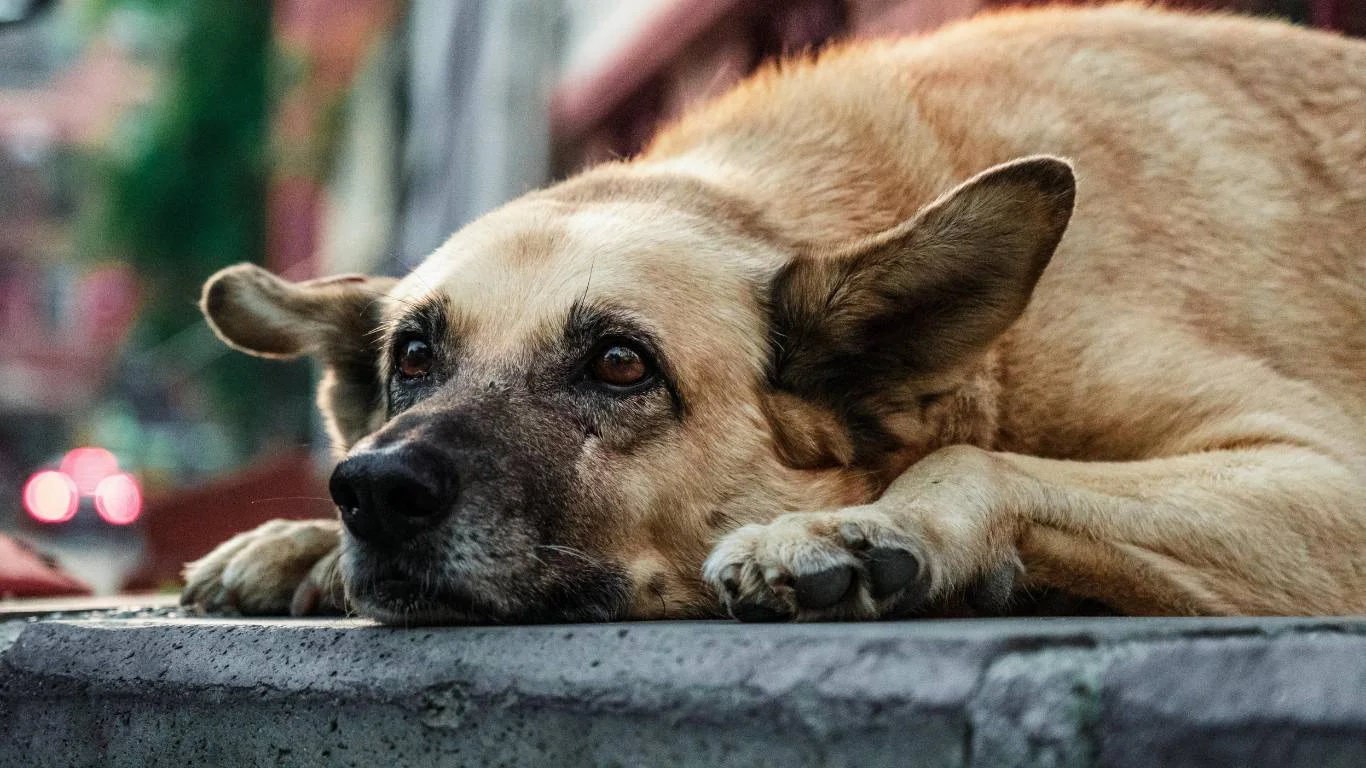
Here’s something interesting I’ve noticed over the years — some dogs just seem wired to go for dirt more than others. And yes, breed tendencies absolutely play a role. While any dog can pick up the habit, I’ve seen certain breeds do it more often, either because of their energy levels, personality quirks, or underlying sensitivities.
Labs and Retrievers? Big yes. They’re curious, always on the hunt for snacks, and love exploring with their mouths. Terriers? Super driven to dig, sniff, and munch. I’ve also seen this pop up in German Shepherds, especially those with sensitive digestion or food allergies, and even Pit Bulls who lean toward compulsive behaviors when stressed or understimulated.
So if your pup’s one of those high-drive breeds, and you’re asking “why does my dog eat dirt and is it dangerous?”, the answer may partly lie in their DNA. That doesn’t mean it’s inevitable, but it does mean you might have to be a little more proactive in redirecting the behavior early on.
It’s Not Just About Breed — It’s About the Dog
Even within the same breed, no two dogs are exactly alike. I’ve had one golden retriever client who wouldn’t touch a leaf, and another who tried to eat gravel like it was kibble. Environment, upbringing, health history — it all matters. That’s why personal observation and paying attention to patterns is so crucial when figuring this stuff out.
Holistic Approaches and Natural Remedies
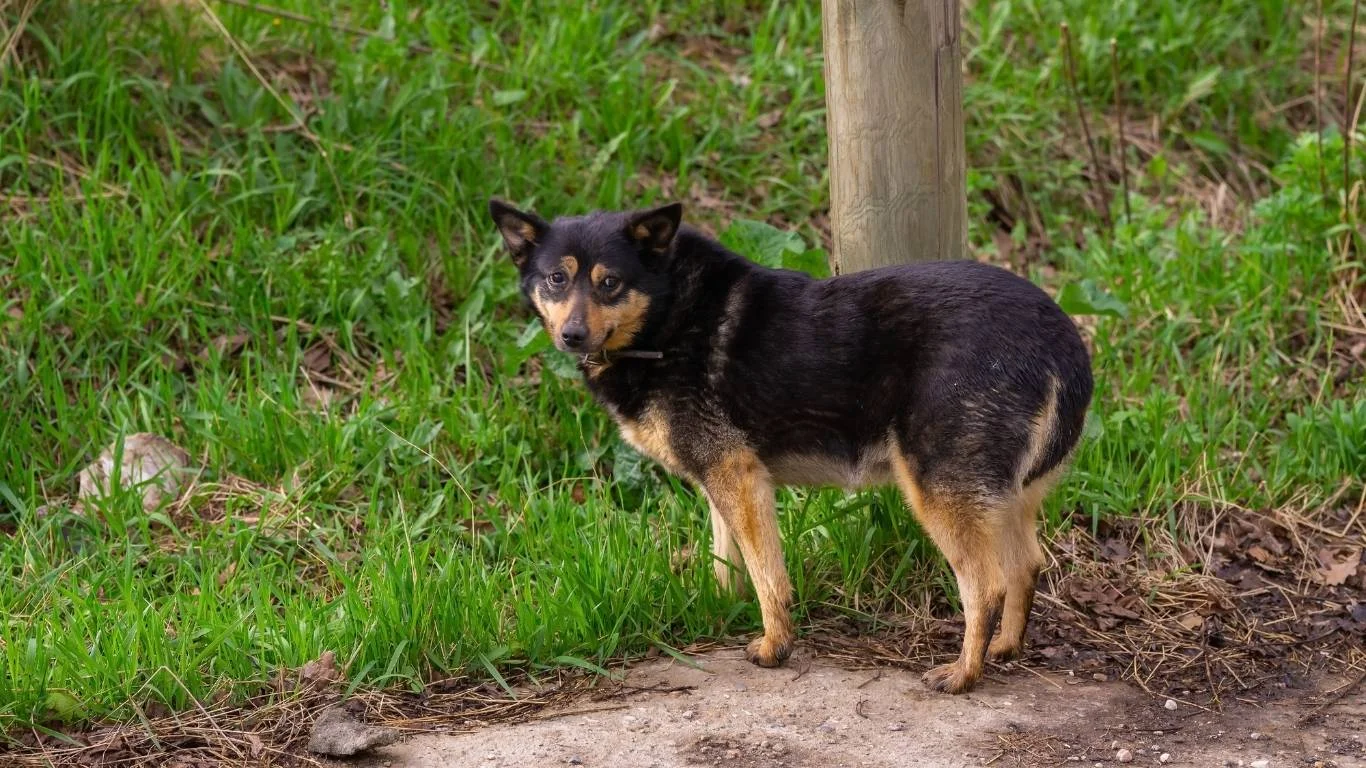
Now, if you’re more on the holistic side (which many of my clients are), there are a few gentle, natural strategies that can complement traditional veterinary care. I’ll be honest — I’m not a “just throw a supplement at it” kind of person, but when used correctly and with guidance, these options can support your dog’s overall wellness and reduce dirt cravings in some cases.
1. Probiotics for Gut Health
Gut imbalances can drive weird cravings. A high-quality probiotic can help rebalance intestinal flora, especially if your dog’s had digestive issues, antibiotics, or chronic diarrhea. Just be sure to go for a canine-specific brand — not the ones made for humans.
2. Herbal Support
There are herbs that can support digestion and reduce inflammation, like slippery elm or marshmallow root. I’ve seen vets who specialize in integrative medicine recommend these in powdered form as part of a GI soothing regimen. Always check with your vet before adding anything new to your dog’s routine, especially if they’re on other meds.
3. Mineral Boosters
Sometimes, dogs eat dirt because they’re craving minerals. I’ve seen success using whole-food mineral blends — things like kelp or alfalfa — added in tiny amounts to meals. These can help round out nutritional gaps without overwhelming your dog’s system.
But again, please don’t self-diagnose. I’ve worked with dogs that got worse on the wrong supplement. Chat with a professional who knows your dog’s full health picture before trying the DIY route.
Why Does My Dog Eat Dirt and Is It Dangerous? Final Thoughts
It’s wild how one little behavior like eating dirt can have so many potential causes and layers. I’ve worked with dogs where it turned out to be a simple boredom thing, and others where it was the first red flag of a bigger health issue. The key takeaway? Don’t ignore it.
If it’s occasional and your dog is otherwise healthy — cool, note it and watch. But if it’s frequent, intense, or comes with other weird symptoms? Get it checked out. Whether it’s nutritional, emotional, or medical, there’s always a reason behind it, and with the right care, most pups bounce back beautifully.
I always say — your dog’s behavior is their way of communicating. Dirt eating might be their version of waving a little red flag and saying, “Hey, something’s up!” And with your attention, a little observation, and maybe a vet visit or two, you can get to the root of it (pun totally intended) and help your furry bestie feel their best again.
Helpful Resources & References
- American Kennel Club (AKC) – Great for breed-specific behavior insights
- VCA Animal Hospitals – Health topics and vet-approved nutrition info
- PetMD – Articles on symptoms, diagnoses, and natural care tips
- ASPCA – Information on toxins, safe plants, and backyard dangers
If you’re ever unsure, your veterinarian should always be your first stop. Online advice is helpful (hi, I’m part of that!), but nothing replaces hands-on care and diagnostics from someone who knows your dog personally.
Disclaimer:
This article is for informational purposes only and is based on both professional experience and common veterinary practices. It is not intended to replace professional veterinary advice, diagnosis, or treatment. Always consult your veterinarian with any questions you have regarding your pet’s health or behavior.

